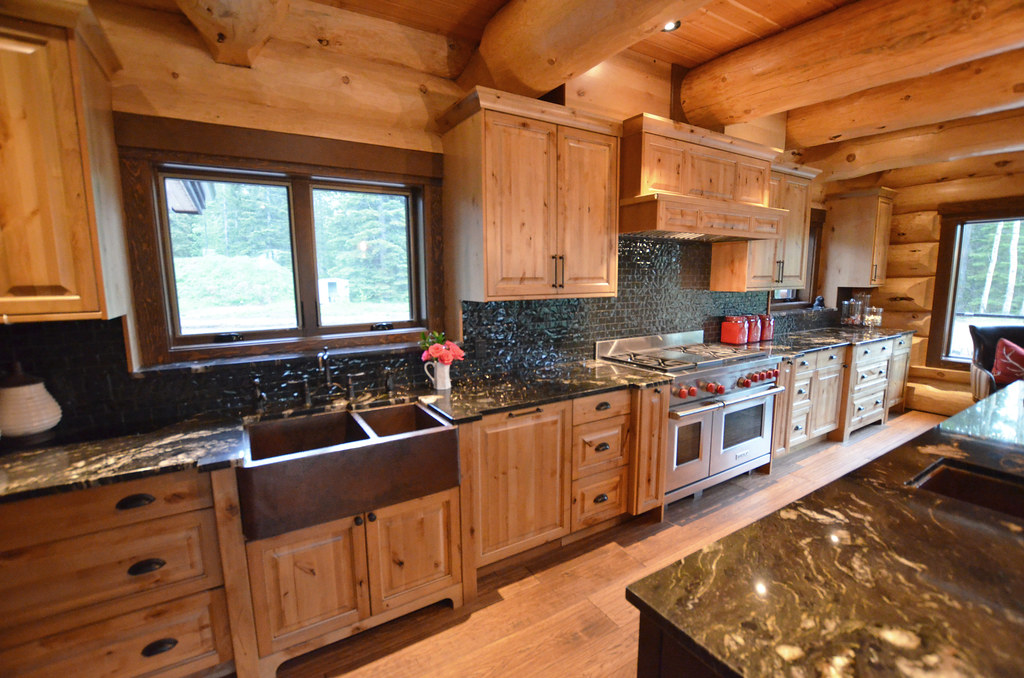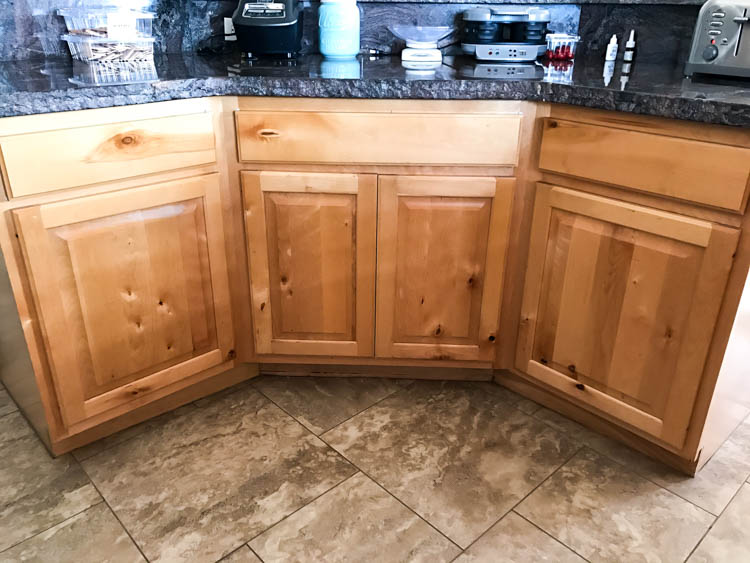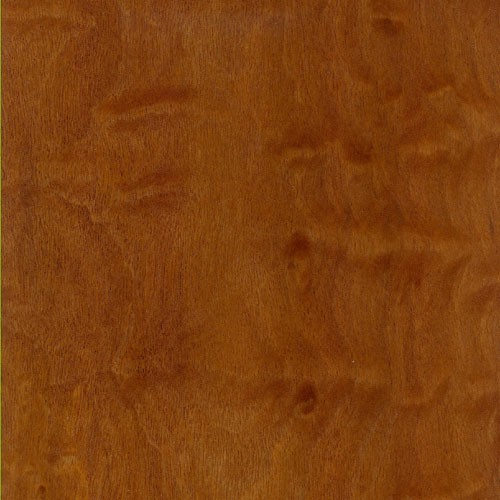Mozambique
A beautiful African species, Mozambique isn’t really found in its namesake country. Rather it flourishes on the other side of the continent in swampy, tropical West African rainforests, from Liberia over to Nigeria and down to Gabon.
In addition to “Mozambique,” the Guibourtia ehie species actually goes by a long list of names, with no single one considered the predominate moniker. In fact, it tends to be called different names for different applications. For making guitars, it’s referred to as “Ovangkol.” Woodworkers usually call it “Shedua” or “Amazique.” And while all are considered correct, the most popular reference for wood veneer is “Mozambique.”
By any name, the wood has a rich, strong appearance — full of classic character. While its heartwood varies from a yellowish to reddish brown with darker brown, gray, or black stripes, the unmistakable sapwood is a pale yellow hue. Mozambique’s grain can be straight, wavy, or interlocked. With a medium to coarse texture and nice, natural luster. Occasionally, tiger stripe, fiddleback or mottled figuring occurs.
Very hard with good strength properties, Mozambique is a popular choice for wood veneer, furniture, cabinetry, parquet flooring, musical instruments, and turned objects.
Species Distribution:
Tropical Western Africa
Liberia
Ivory Coast
Ghana
Nigeria
Cameroon
Gabon
Common / Alternative Names:
Ovangkol
Amazique
Amazoue
Shedua
Hyedua
Black Hyedua
Janka Hardness:
1,330 lbf
Sustainability Status:
CITES Appendices: Not listed
IUCN Red List of Threatened Species: Listed as a species of least concern.
Related Species:
Bubinga (Guibourtia spp.)
Tiete Rosewood (Guibourtia chodatiana)











